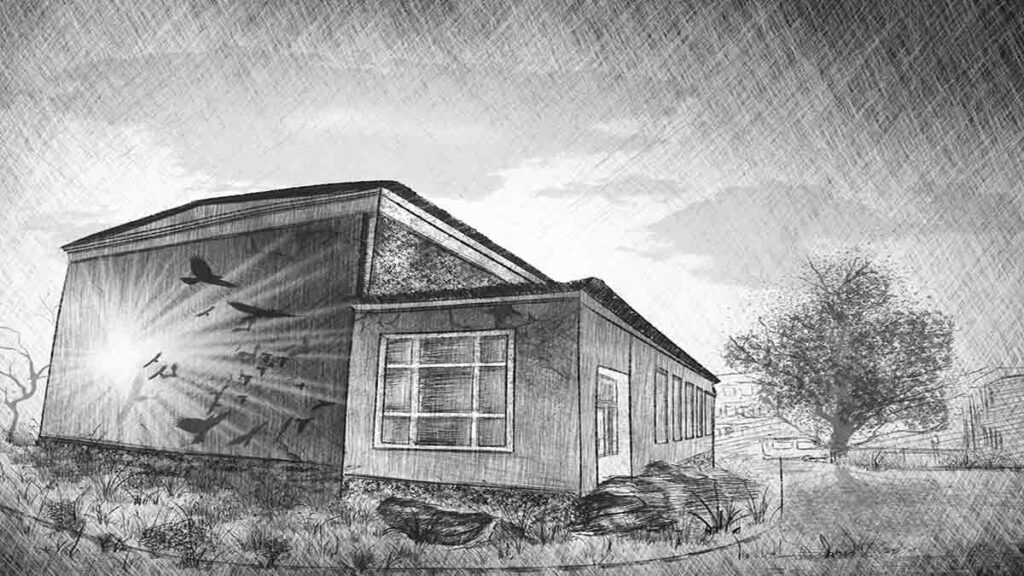
Many put an end to the prospect of further development of this region after the Chernobyl tragedy. It was believed that if life in the exclusion zone didn`t die, then it calmed down for hundreds of years. But science, as they say, “completely sounded the bells”, and quite specifically put everything in its place, including the timetable for the possible rehabilitation of all living things, and the restoration of the lost ecological resource.
As soon as the first opportunity appeared, scientific colleges began to go
Experiments and suggestions on the effectiveness of respiratory protection were of great practical use. An essential issue was for radiobiologists the process of the effect of food additives and chemical compounds on the human body as part of an experiment to reduce the effect of radiation levels. A separate research laboratory worked on the industry of the effects of radiation on agro-industrial and agricultural complexes.
It was important to qualify the scientific search zone in the matter of studying the receipt of radionuclides in certain agricultural products, as well as in organisms of animals and plants. Having fundamentally studied this issue, scientists were able to determine with extreme accuracy the possibility of further exploitation of the livestock and crop production industry, the technology of conducting the entire complex of agricultural work in territories contaminated with radiation.
To this end, the headquarters of the Academy of Sciences was organized in the exclusion zone, and operational expeditions of institutional scientific departments were also deployed. Chernobyl NPP needed scientists more than ever. It was necessary to realize the reality that occurred after the accident. Scientists were almost the only ones who accumulated in their laboratories the whole range of information – from the contamination of the territory and the composition of radioactive emissions, to assessing the damage and future prospects of the Chernobyl nuclear power plant. Academic systematized all received information in the shortest possible time.
Engineering work plans, management orders of the operational headquarters were drawn up based on it, new technological processes were formed on their basis, which subsequently became the foundation for the prospects for further operation of the Chernobyl nuclear power plant in the post-accident period. Most of the usual and understandable for civilian life technological work had to be reviewed. All this work in conditions of increased radiation background required tremendous strength and concentration, as well as a living resource – people, and special equipment.
Scientific support covered the whole range of studies conducted by scientists in the exclusion zone. Science was a guiding vector for a huge army of liquidators throughout the first five years after the accident. The scientific potential, despite the complexity of the situation and the multifaceted nature of the tasks, had an operational nature and was used as the flagship of many scientific organizations.
The critical post-accident period was left behind by the beginning of the 90s. The sarcophagus had already been commissioned, the station territory had been decontaminated, and the remaining Chernobyl power units had been launched. The coordination of the consequences of the accident completely passed on to the shoulders of the Ukrainian side in view of the political events that led to the collapse of the Soviet Union. The territory of the exclusion zone took shape as a separate departmental structure with its own administrative department, but also with its own problems – due to an acute lack of funding.
For objective reasons that arose against this background, there was a need to create its own scientific departments in Ukraine that would deal exclusively with the organization of work to minimize the consequences of the Chernobyl accident and develop a comprehensive strategic program for the further development of the exclusion zone. Thus, a concept arose among scientists – “a zone science”. Its history has one decade: from 1991 to 2001.